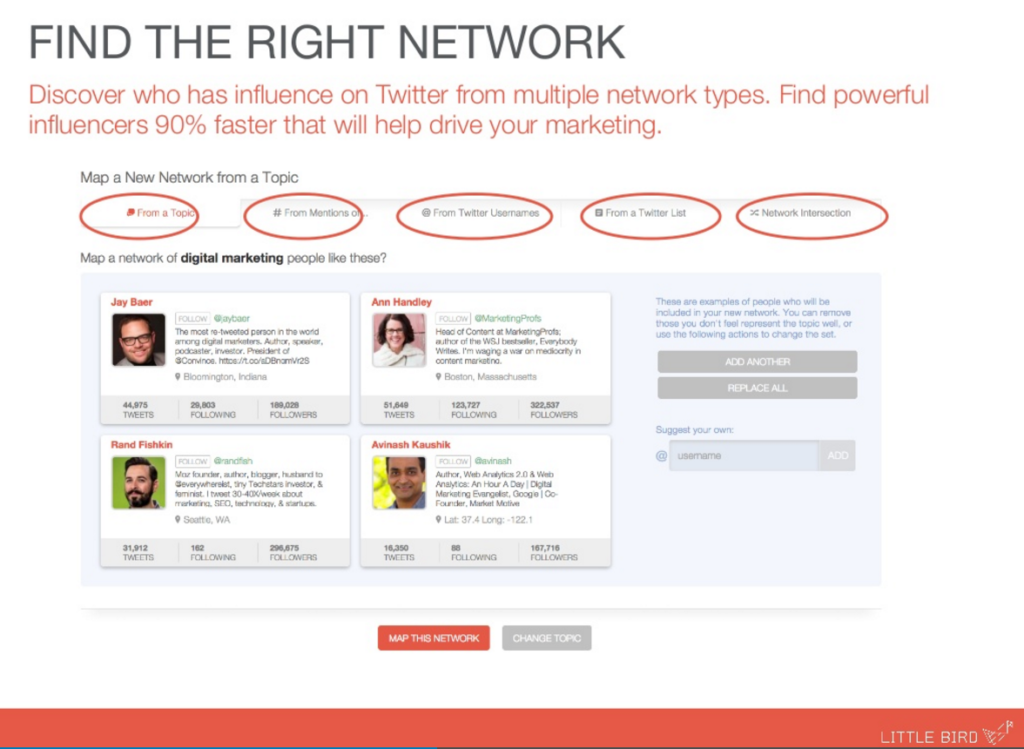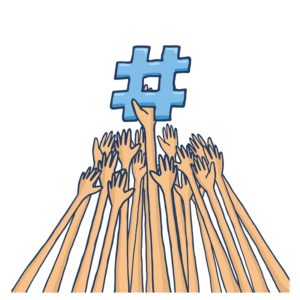While it’s easy to see the value of influencer marketing, many are left scratching their heads when it comes to the first steps of building and creating a community of influencers. Once we get past making a list of industry/brand-related blogs they follow, many of us get a bit stuck.
Conjuring up an army of bloggers and online personalities that want to fill the web with content about your brand for little or no compensation sounds like a great idea, but exactly how, you may ask, do we go about that?
The answer is research. Roll up your sleeves and dig in. The simplest first step will be to create Google alerts (or similar web alerts from your preferred source) for the keywords, topics, and/or hashtags most relevant to your business and demographic preferences. As you review the alerts, you will be determining if each ‘source’ is a good fit for your goals, and initiating social connections with those who appeal to you.
An additional upside to using web alerts is that they not only give you a dynamic picture of who is having the kind of conversations you want to be engaged in, they also give valuable information on where those conversations are happening, which can lead you to find new channels/platforms through which your brand’s story can be shared.
Identify Topical Communities
At this point, your network is starting to form, you are connected to more and more influencers in your social channels, and they are starting to connect back to you. You can supplement this growth by evaluating user data in the various social platforms. We’ll talk primarily about Twitter, but most of the major communities/social platforms will have similar options to review member information, particularly those to whom you are connected.
Remember, the goal here is to find the folks online who talk the most about your industry, and who talk to the largest audience.
Within Twitter, you will want to look at data on users, by a number of followers, and by their Klout score (a measure of online reach and engagement). When you identify new contacts with large followings and strong influence, you follow them and engage with their content.
Through this research, you will start to identify communities within the platform (and outside it as well) where your topics are regularly discussed. These communities are your next ‘targets’.
Segment Down to Geographies and Activity
The online communities you find and the network you develop will provide opportunities to market across vast geographic areas, and connect you to communities focused on a wide array of topics and activities. As you plan your strategy for any individual campaign, you will have the ability to target influencers in specific geographic areas, as well as by activity/topic interests.
The best content generated within each friendly community can be both fed back into that community, to sustain conversations about (and friendly) to your brand, and will also provide a wealth of content you will then share across your wider network, and in other communities.
Pinpoint Influential People
As your n
Curate and Engage with Content
Curating the best influencer content into your social feeds and blog posts, and sharing strategically in your network of influencers, and communities is an ongoing process. You have to act strategically, shaping the content generated today by your influencers, so that it will meet your needs tomorrow as you continue to publish your ongoing story.
Solutions
There is a significant amount of ongoing research, data collection, and analysis involved in developing a potent influencer network. Your results will directly relate to the specifics of the data, scope of research, and quality of analysis. If your team includes the right 
There will be an investment in time and the inevitable learning curve, as with any new method, but you will be expanding your team’s expertise along the way.
For those who want to hit the ground running, or who don’t have resources available right now to take on this research, I highly recommend you take a look at LittleBird (free trial and special 25% off with this link). The team over at LittleBird has been working with influencer marketing since 2011, and they have developed an impressive Contextual Influencer Marketing Platform.
They compile the latest data and analysis tools, designed specifically to support Influencer Marketing, and manage your influencer network, end-to-end.
From identifying networks and communities to targeting influential people, to content curation, LittleBird is the best tool I’ve found designed to do most of the heavy lifting for you, so you can focus on strategy and analysis. They provide top-notch support, a wealth of resources on both strategy and technique, and publish an excellent blog which covers both marketing topics and technological issues related to their platform.






